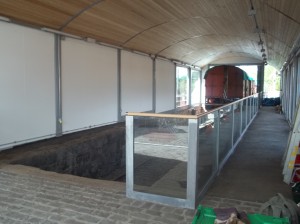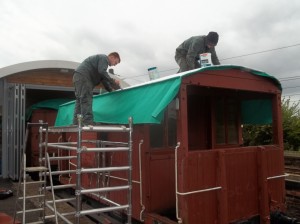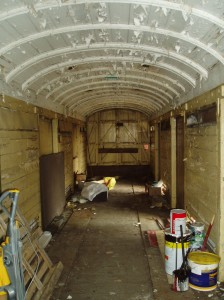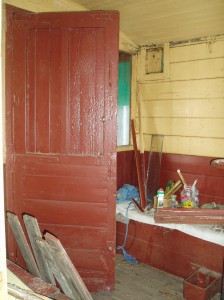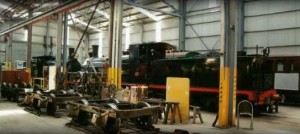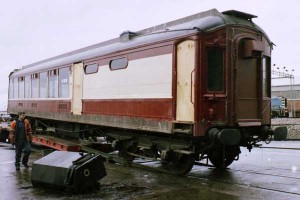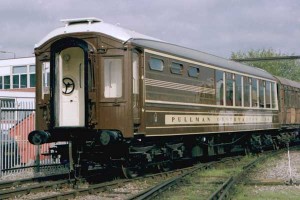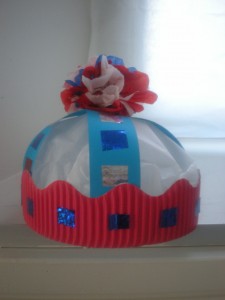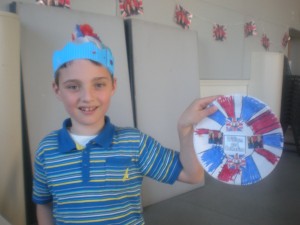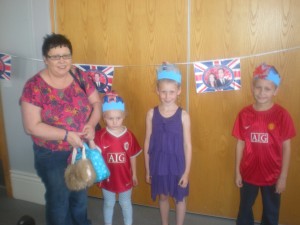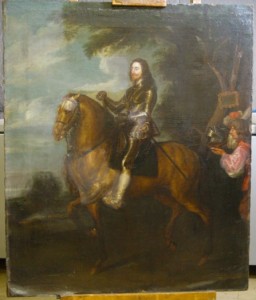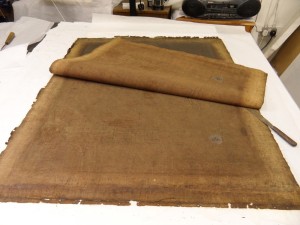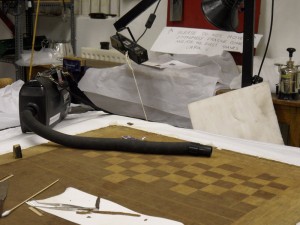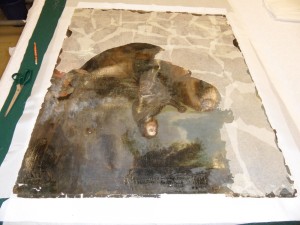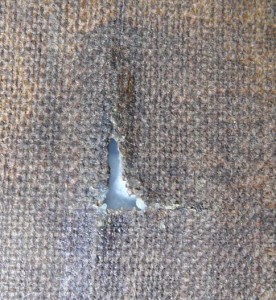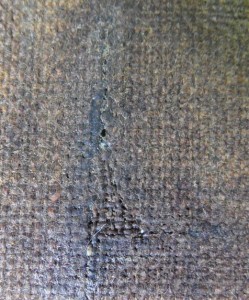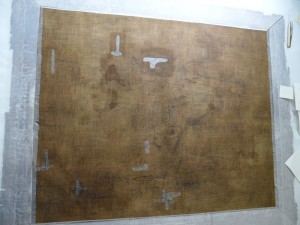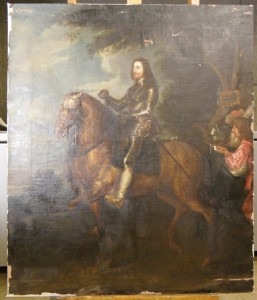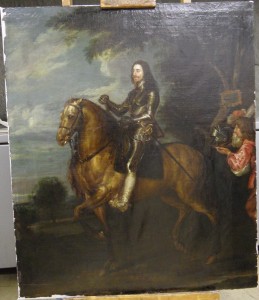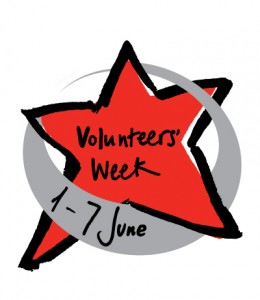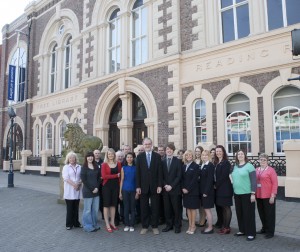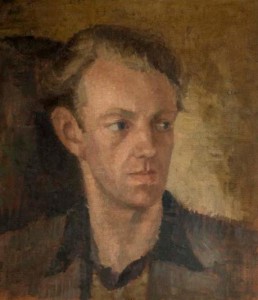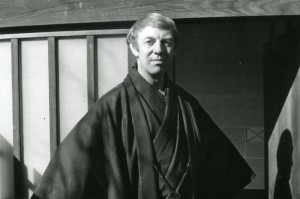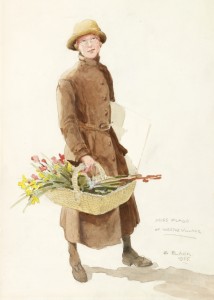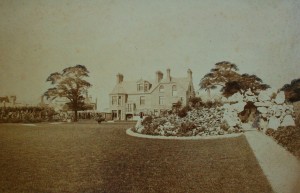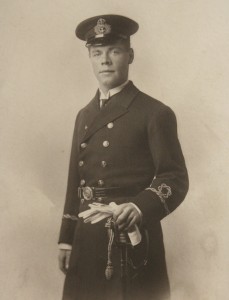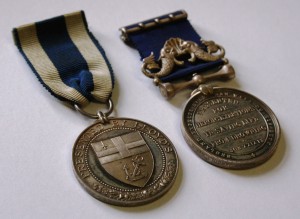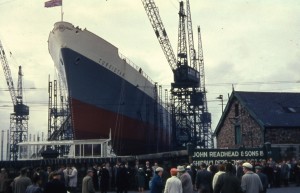The most exciting part of our Wagon Restoration Project began several weeks ago with the arrival of tradesmen from Rampart Carriage & Wagon Services to Monkwearmouth. With their bespoke shed finished (and looking fantastic!) the wagons are currently undergoing a meticulous restoration. The two wagons, a Covered Carriage Truck and a Goods Brake Van, both played significant roles in the history of the region; the movement of freight on the railways was critical for the social and economic development of Britain and the prosperity of the North East. When the restoration is complete, visitors will have an opportunity to explore this exciting piece of Sunderland’s railway heritage in an immersive new display. But first, the restoration…!
Before we could embark on this exciting project, we needed to determine exactly what restoration work the wagons required. Our Engineering Conservation Officer created a report, outlining the work to be done. He concluded that the wood timbers and framing on the body and steps of the wagons were rotted, and need to be replaced. The metal work was declared mainly sound, but a significant amount of surface corrosion needs to be cleared. Additionally, the roofs of both wagons are weathered and show signs of deterioration.
Once we knew which aspects of the wagons required attention, we were able to create a tender documentation, outlining the project. In November we made initial contact with five restoration companies, and by January had received detailed tenders from two companies. We were particularly impressed with Rampart Carriage & Wagon Services’ proven track record and competitive pricing. Following an interview in February, we selected Rampart for the project, and the restoration work began in mid-May.
Rampart, based in Derby, employs a team of multi-skilled tradesmen who plan to finish the restoration project within seven weeks. With a flexible and innovative approach to the project, their commitment and skills will ensure integrity and recognition of the historical status of the wagons as well as their particular conservation requirements. Rampart has previous experience with timber framed vehicles, having successfully restored a 1912 Lancashire and Yorkshire Railway dynamometer car, a 1921 Pullman observation car, a 1948 Southern Railway brake coach, and a 1951 Great Western Railway sleeping car.
As the restoration project unfolds, we find ourselves once again in the tendering process. The next step is to interview and appoint a team of designers to assist us with our innovative, interactive display in the Sidings shed. The project will be completed in the autumn, but visitors can stop by before that to see for themselves how the wagon restoration is progressing.
